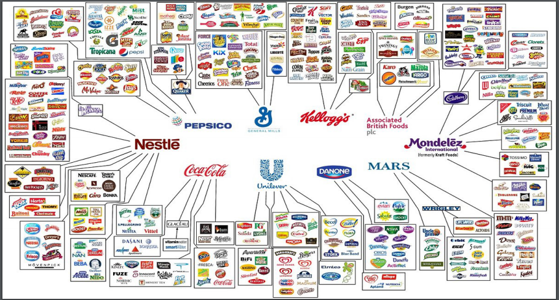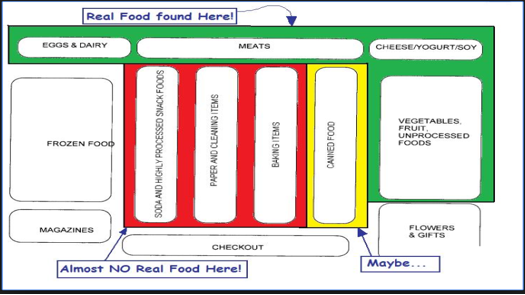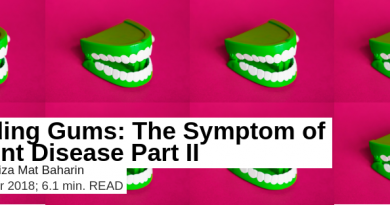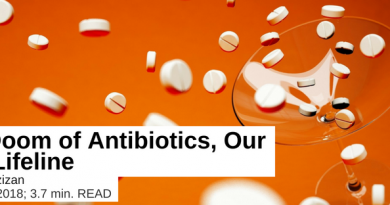Sugar: Unprocessing the Processed
In the previous piece, Sugar: The Sweetest Poison, I have introduced the notion of pinpointing sugar as the real dietary villain. Historically, dietary fat was vilified and thus carbohydrates became the main macronutrient (as per food pyramid gudelines) of dietary intake. When dietary fat was removed from food, it became tasteless and inedible. Sugar, namely High Fructose Corn Syrup due to its low cost and easy availability, became the number 1 additive to make processed food palatable and prolong shelf life.
Dr Ancel Key’s scientifically unsound theory of dietary fat causing heart disease was taken advantage by economic forces (the food industry) as well as political forces (US President Richard Nixon ordered his Secretary of State Earl Rusty Butz to secure cheap food during his term in office) to prevent political unrest and to remain in power. The impact of massive governmental subsidies for single crops (e.g.: corn, soy) are still being felt today. Crops such as corn and soy are harvested for their use in many industries such as industrial products including starch, sweeteners, corn oil, beverage and industrial alcohol, and fuel ethanol. One such example of a food additive sweetener is High Fructose Corn Syrup.
Ever wondered why a burger and soda at a fast food joint can be so cheap while a head of broccoli at the supermarket costs so much?
Factor in the time and effort in preparing that broccoli into an edible meal, it is little wonder most people would choose the cheaper, more convenient option.
Processed foods are those that typically come in a box or bag and contain more than one item on the list of ingredients. How did processed food get so cheap?
Processed food (packaged food with a printed expiry date) became cheap because of its processing. Most times during processing, fibre and fat get removed. The fibrous part of the food (usually the hull or husk) is the most nutritious, with the micronutrients and phytonutrients embedded with the fibre. Fibre also prevents rapid rises in blood sugar and insulin, making us satiated with one meal, preventing overeating.
Food manufacturers remove fat and fibre to prolong shelf life; turning it from perishable food items into commodities. Freeze it, store it, ship it all over the world.
Fat turns rancid rapidly, making it terrible as a commodity. Food manufacturers had to replace the fat (which makes food taste great by the way) with something else and sugar was chosen to make the food palatable again. Sugar is also a great preservative, prolonging shelf life to make it a commodity.
Thus, begins the story of how a low-fat diet leads to a high sugar diet. It was also around this time that the food industry began to advocate ideas with no scientific evidence such as “eat multiple small meals throughout the day to boost metabolism” to boost sales and increase profits. That idea by the way, makes as just about as much sense as “eat more to lose weight”, also another brilliant idea by the food industry. Food corporations, similar to other companies, only have their stakeholders and the profit margin as their bottom line.
You might be familiar with these 10 food conglomerates that own the world’s major food companies. Just 10. In the whole wide world. Talk about Big Food. This issue is further confounded by the fact that since 2010, one of them has entered the pharmaceutical industry as well. Which means that the company that makes food to get people sick, also makes the medicine to sell to the same people. Take a minute to reflect on this ever-perpetuating vicious cycle which seems to have only one winner. No prizes for guessing who it is.
Tips to survive the supermarket
The image above is from Dr Ken D. Berry’s blog “Medicine in Plain Words” and it highlights the sections of the supermarket (in green) where we should do most of our shopping while avoiding the red section. Avoidance of all the red sections will make the differentiation of real and processed food much simple to understand. Other tips include:
● If it has more than 5 ingredients, it is not real food.
● If you cannot pronounce the ingredients, it is not real food.
● The more health claims the food product makes, the less healthy it is. Consider this: does cauliflower or broccoli have “Heart Healthy” or made from “Healthy Whole Grains” or “No Added Sugar” labels on it? Exactly.
● Be cautious of the wolf in sheep’s clothing. Sugar has 56 names and is often masked as something else.
● Remember to keep to the “Outer Wall” of a supermarket.
Food in its traditional sense is something meant to be toiled over, our grandmothers used to spend half a day in the kitchen preparing a meal for us. If it’s convenient, it is not real food.
Build a relationship with real food by learning to cook (this city boy learnt how to do it, it really isn’t too difficult). You can too, and you should, and once you do, the food industry can’t hold you hostage anymore.
References list
1. https://www.ncbi.nlm.nih.gov/pmc/articles/PMC3614039/
2. https://www.cookinglight.com/eating-smart/smart-choices/what-are-processed-foods
3. https://www.walesonline.co.uk/lifestyle/fun-stuff/10-companies-most-worlds-major-11942953
4. https://www.statnews.com/2016/03/30/nestle-drug-supplements/
5. https://clarkstreetpress.com/a-brief-history-of-high-fructose-corn-syrup.html
6. http://country-physician.blogspot.com/2010/10/dr-kens-outer-wall-diet-plan.html
7. https://robertlustig.com/56-names-of-sugar/

Rahmat Jasmani has 12 years of working experience in emergency clinical nursing with Tan Tock Seng Hospital, Singapore and currently teaches student nurses in training at the School of Health Sciences, Nanyang Polytechnic, Singapore.
Contact info: kwoshiokor@gmail.com






